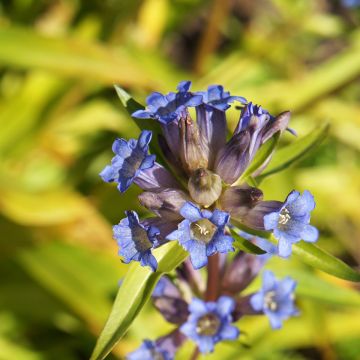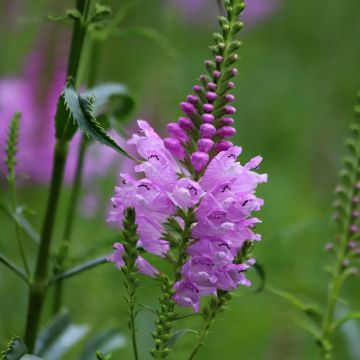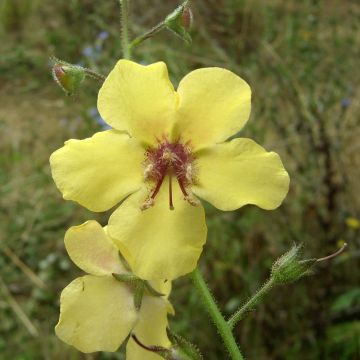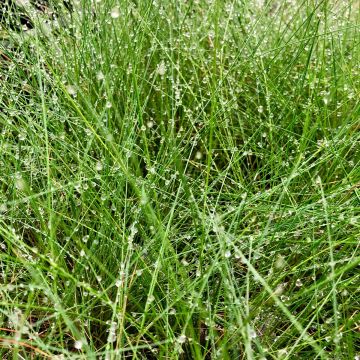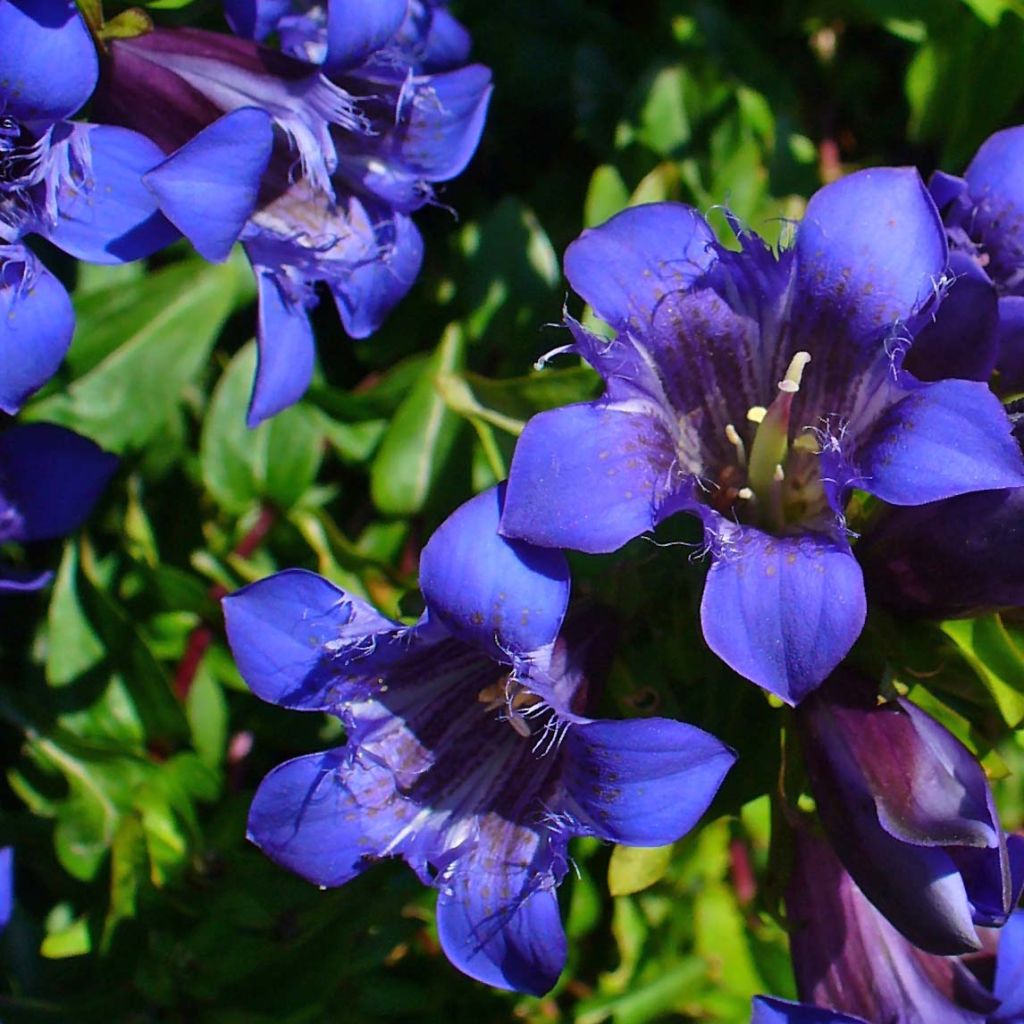

Gentiana septemfida var. lagodechiana
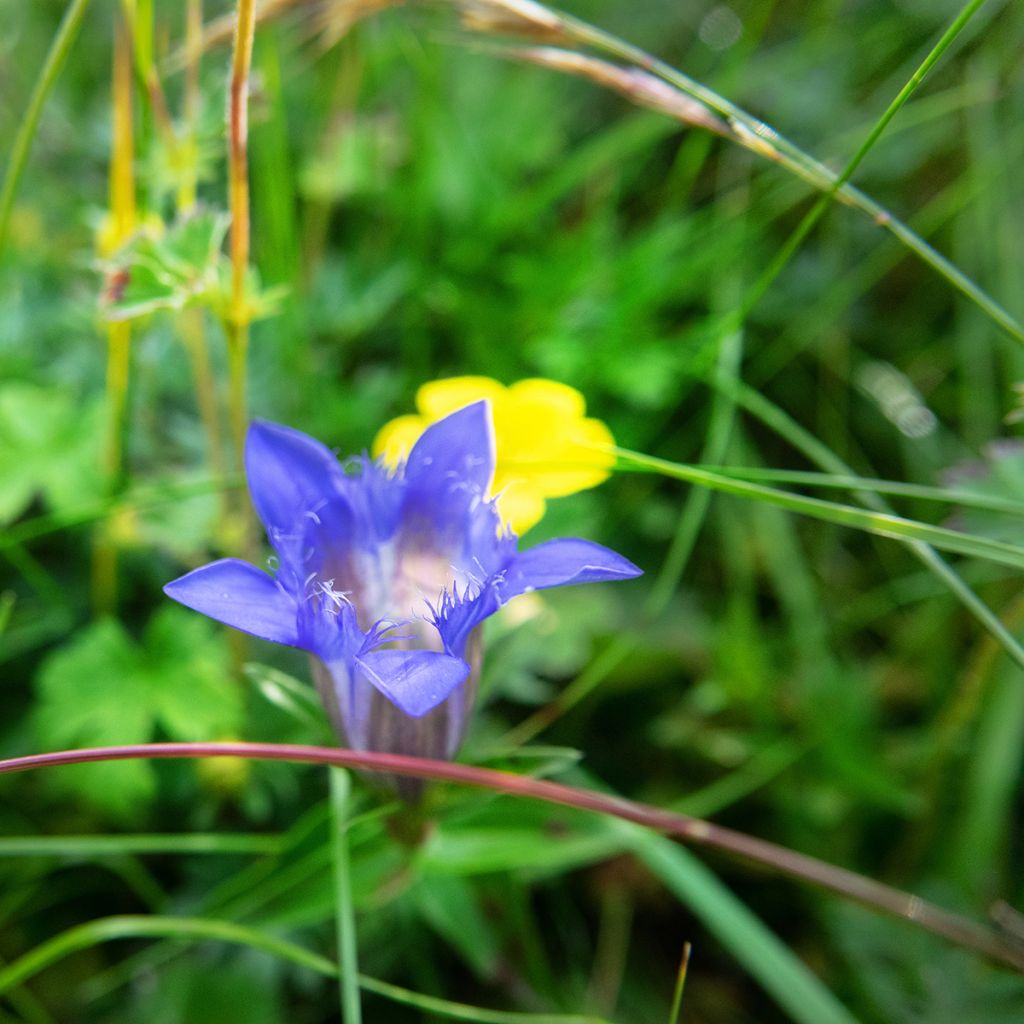

Gentiana septemfida var. lagodechiana
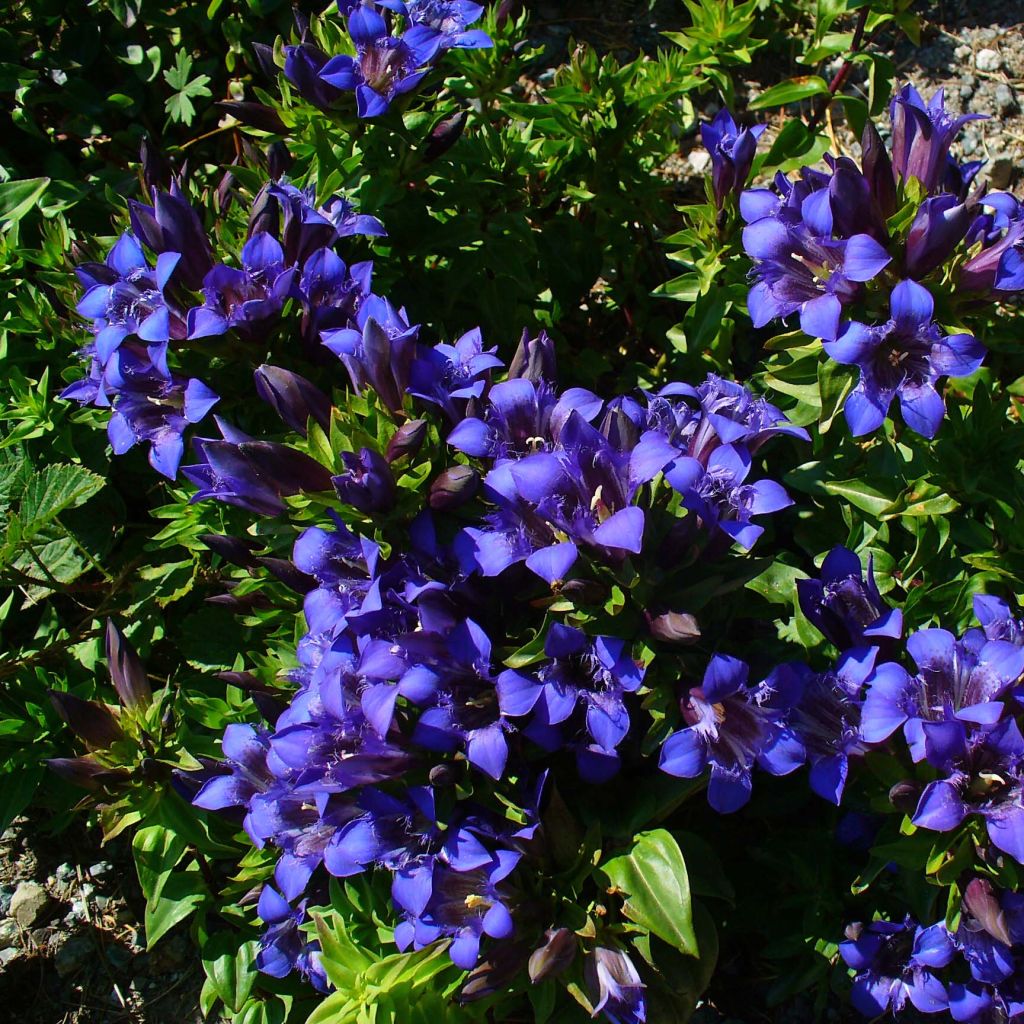

Gentiana septemfida var. lagodechiana
Gentiana septemfida var. lagodechiana
Gentiana septemfida var. lagodechiana
Lagodekhi crested gentian
This item cannot be shipped to the selected country
Delivery charge from €5.90
Delivery charge from €5.90
More information
Schedule delivery date,
and select date in basket
This plant carries a 12 months recovery warranty
More information
We guarantee the quality of our plants for a full growing cycle, and will replace at our expense any plant that fails to recover under normal climatic and planting conditions.
From €5.90 for pickup delivery and €6.90 for home delivery
Express home delivery from €8.90.
From €5.90 for pickup delivery and €6.90 for home delivery
Express home delivery from €8.90.


Does this plant fit my garden?
Set up your Plantfit profile →
Description
Gentiana septemfida var. lagodechiana is a stemless perennial herbaceous plant, native to mountainous regions, and is among the easiest gentians to cultivate. It forms a beautiful, low-growing evergreen carpet, reaching a height of 20cm (8in). In summer, it is adorned with bright blue trumpets striped with dark blue, revealing a small white throat. This plant thrives in full sun and moist but well-drained soil. Despite being underutilised in gardens, it is an excellent rock garden or border plant.
Gentiana septemfida belongs to the Gentianaceae family, which comprises more than 400 species, including its famous cousin, Gentiana acaulis. This botanical species, rare in cultivation, originates from the mountains of the Caucasus and Turkey, where it grows on rocky and moist slopes. This perennial has a spreading and prostrate habit. It will not exceed a height of 20cm (8in) with a diameter of 30 to 35cm (12 to 14in). It has a slow growth rate. Its stems, bearing persistent leaves, lie flat and then rise upwards at their ends, where the clusters of flowers emerge. The flowering occurs in July and August, depending on the climate. The bell-shaped, narrow flowers appear among the foliage, arranged in terminal clusters of 1 to 3 flowers. They measure approximately 3.5cm (1in) in length and are a vibrant blue to purplish hue, marked with darker stripes that descend towards a white throat. The oval-shaped leaves, 3.5cm (1in) long, have highly visible veins. They are paired along the stems and persist through winter.
Less demanding in cultivation than most of its relatives, Gentiana septemfida var. lagodechiana will adapt easily to all regions, except those experiencing hot and dry summers. It is not particular about soil type and thrives in any well-drained soil that remains moist. It excels in rock gardens or on walls, as well as planted in a perennial bed. It can be paired with wall bellflower (Campanula portenschliagana), red or purple aubrieta, snow-in-summer (Cerastium tomentosum), or goldentuft (Alyssum saxatile).
It should be noted that gentian blue is used in microbiology, along with Zhiel's fuchsin, to differentiate bacteria based on their reaction to these two dyes. This usage, attributed to Koch, the father of modern vaccines along with Pasteur, gave its name to the most famous of its relatives: Koch's gentian.
Report an error about the product description
Gentiana septemfida var. lagodechiana in pictures




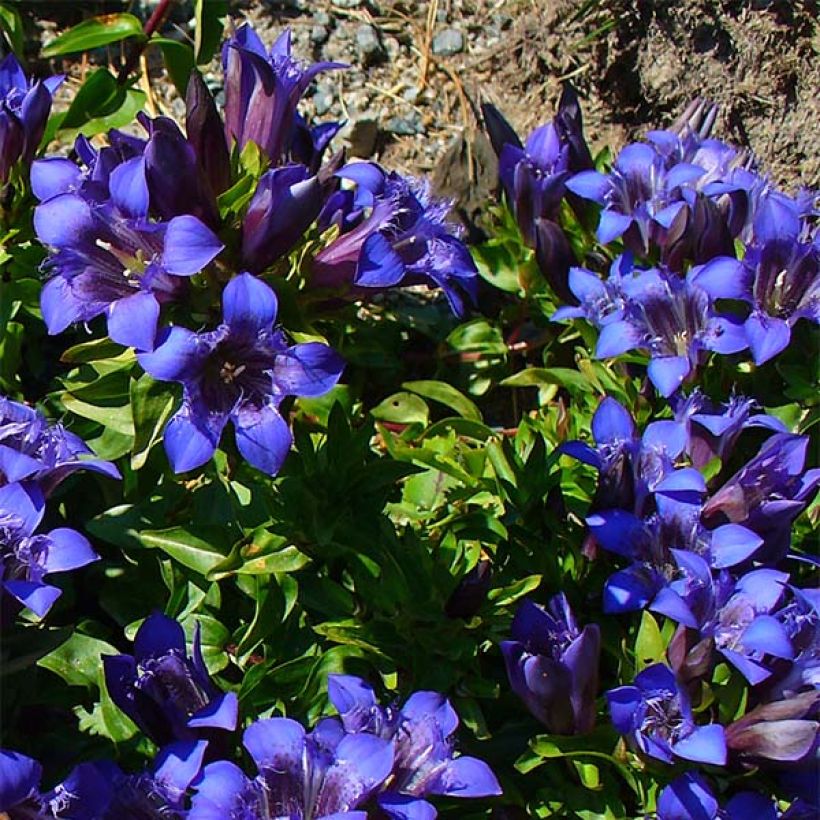

Flowering
Foliage
Plant habit
Botanical data
Gentiana
septemfida var. lagodechiana
Gentianaceae
Lagodekhi crested gentian
Alps
Other Gentian
Planting and care
Gentiana septemfida is one of the easiest to cultivate. It prefers a sunny exposure, but it still grows and flowers in slightly shaded conditions, under a warm and humid climate. It requires moist but well-draining soil. In heavy and compacted soil, mix gravel, sand, and turf with the original soil. This highly tolerant species generally adapts well to ordinary soils, even those with limestone.
Planting period
Intended location
Care
-
, onOrder confirmed
Reply from on Promesse de fleurs
Summer flowering perennials
Haven't found what you were looking for?
Hardiness is the lowest winter temperature a plant can endure without suffering serious damage or even dying. However, hardiness is affected by location (a sheltered area, such as a patio), protection (winter cover) and soil type (hardiness is improved by well-drained soil).

Photo Sharing Terms & Conditions
In order to encourage gardeners to interact and share their experiences, Promesse de fleurs offers various media enabling content to be uploaded onto its Site - in particular via the ‘Photo sharing’ module.
The User agrees to refrain from:
- Posting any content that is illegal, prejudicial, insulting, racist, inciteful to hatred, revisionist, contrary to public decency, that infringes on privacy or on the privacy rights of third parties, in particular the publicity rights of persons and goods, intellectual property rights, or the right to privacy.
- Submitting content on behalf of a third party;
- Impersonate the identity of a third party and/or publish any personal information about a third party;
In general, the User undertakes to refrain from any unethical behaviour.
All Content (in particular text, comments, files, images, photos, videos, creative works, etc.), which may be subject to property or intellectual property rights, image or other private rights, shall remain the property of the User, subject to the limited rights granted by the terms of the licence granted by Promesse de fleurs as stated below. Users are at liberty to publish or not to publish such Content on the Site, notably via the ‘Photo Sharing’ facility, and accept that this Content shall be made public and freely accessible, notably on the Internet.
Users further acknowledge, undertake to have ,and guarantee that they hold all necessary rights and permissions to publish such material on the Site, in particular with regard to the legislation in force pertaining to any privacy, property, intellectual property, image, or contractual rights, or rights of any other nature. By publishing such Content on the Site, Users acknowledge accepting full liability as publishers of the Content within the meaning of the law, and grant Promesse de fleurs, free of charge, an inclusive, worldwide licence for the said Content for the entire duration of its publication, including all reproduction, representation, up/downloading, displaying, performing, transmission, and storage rights.
Users also grant permission for their name to be linked to the Content and accept that this link may not always be made available.
By engaging in posting material, Users consent to their Content becoming automatically accessible on the Internet, in particular on other sites and/or blogs and/or web pages of the Promesse de fleurs site, including in particular social pages and the Promesse de fleurs catalogue.
Users may secure the removal of entrusted content free of charge by issuing a simple request via our contact form.
The flowering period indicated on our website applies to countries and regions located in USDA zone 8 (France, the United Kingdom, Ireland, the Netherlands, etc.)
It will vary according to where you live:
- In zones 9 to 10 (Italy, Spain, Greece, etc.), flowering will occur about 2 to 4 weeks earlier.
- In zones 6 to 7 (Germany, Poland, Slovenia, and lower mountainous regions), flowering will be delayed by 2 to 3 weeks.
- In zone 5 (Central Europe, Scandinavia), blooming will be delayed by 3 to 5 weeks.
In temperate climates, pruning of spring-flowering shrubs (forsythia, spireas, etc.) should be done just after flowering.
Pruning of summer-flowering shrubs (Indian Lilac, Perovskia, etc.) can be done in winter or spring.
In cold regions as well as with frost-sensitive plants, avoid pruning too early when severe frosts may still occur.
The planting period indicated on our website applies to countries and regions located in USDA zone 8 (France, United Kingdom, Ireland, Netherlands).
It will vary according to where you live:
- In Mediterranean zones (Marseille, Madrid, Milan, etc.), autumn and winter are the best planting periods.
- In continental zones (Strasbourg, Munich, Vienna, etc.), delay planting by 2 to 3 weeks in spring and bring it forward by 2 to 4 weeks in autumn.
- In mountainous regions (the Alps, Pyrenees, Carpathians, etc.), it is best to plant in late spring (May-June) or late summer (August-September).
The harvesting period indicated on our website applies to countries and regions in USDA zone 8 (France, England, Ireland, the Netherlands).
In colder areas (Scandinavia, Poland, Austria...) fruit and vegetable harvests are likely to be delayed by 3-4 weeks.
In warmer areas (Italy, Spain, Greece, etc.), harvesting will probably take place earlier, depending on weather conditions.
The sowing periods indicated on our website apply to countries and regions within USDA Zone 8 (France, UK, Ireland, Netherlands).
In colder areas (Scandinavia, Poland, Austria...), delay any outdoor sowing by 3-4 weeks, or sow under glass.
In warmer climes (Italy, Spain, Greece, etc.), bring outdoor sowing forward by a few weeks.

































